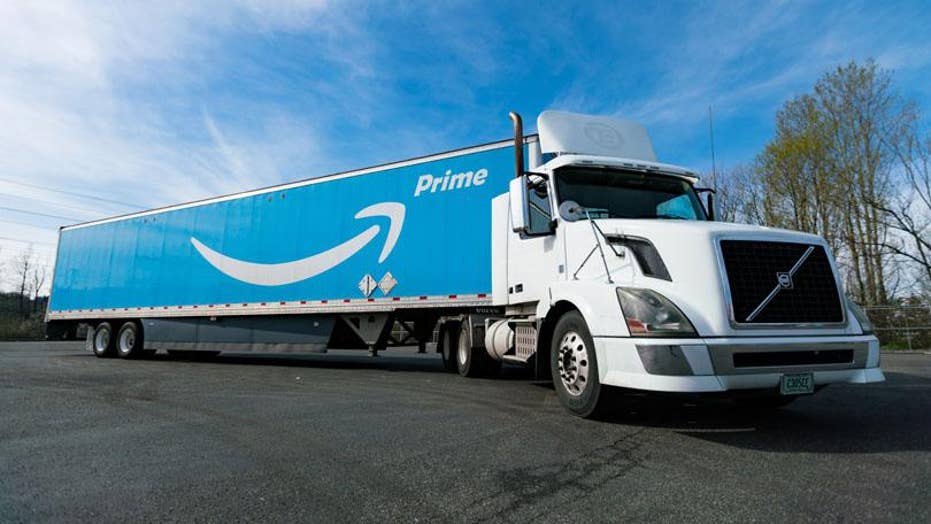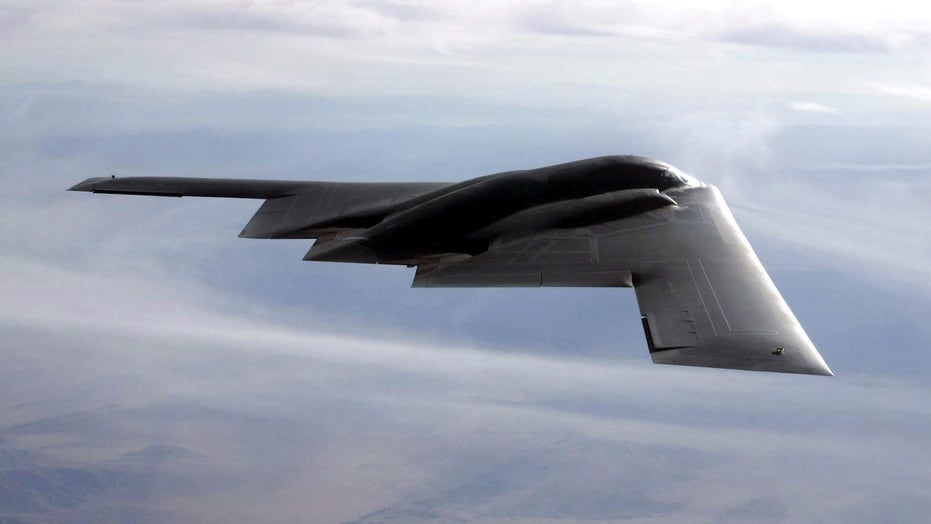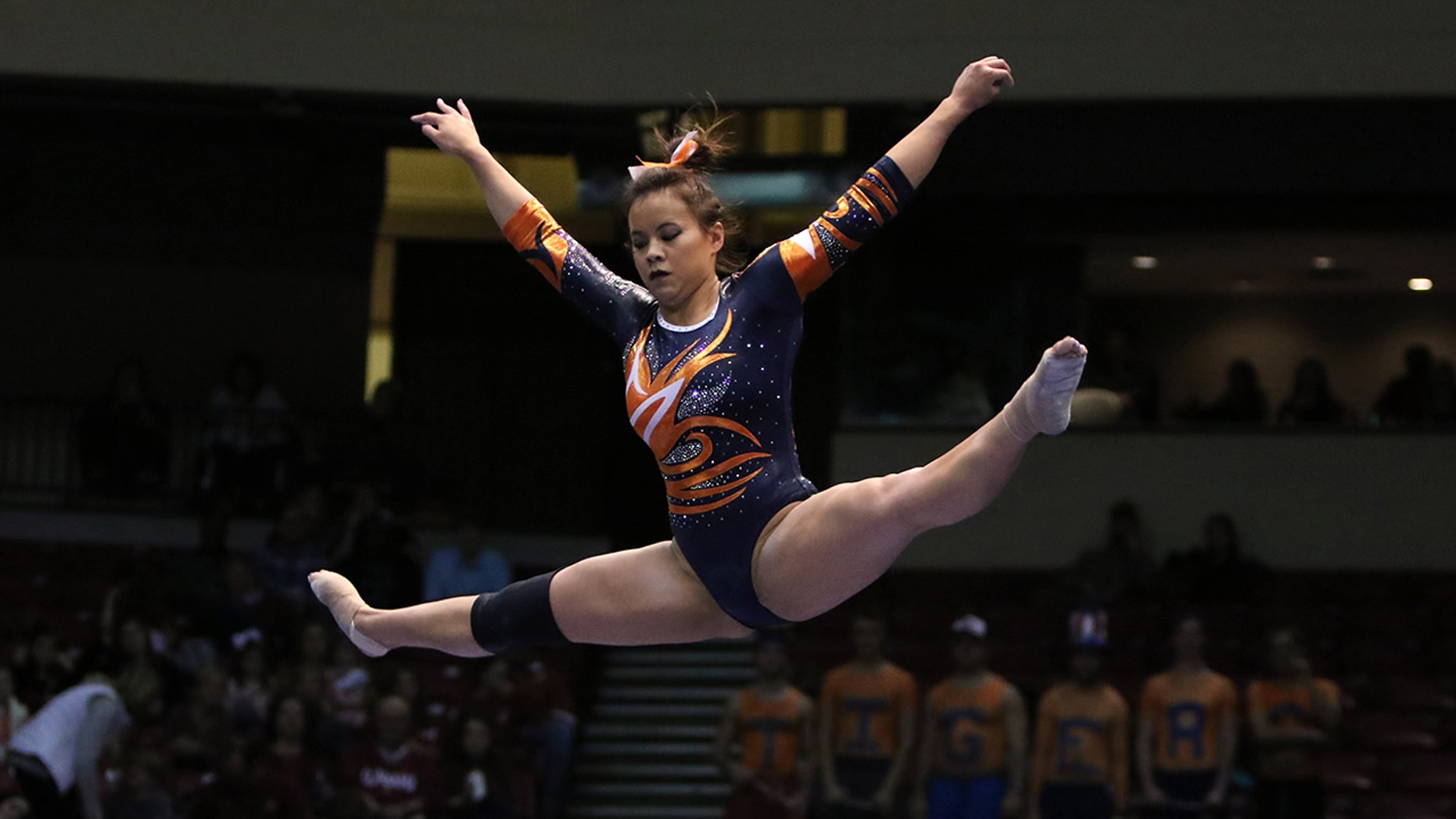
Scientist unaware a catheter as it navigates to a pig’s heart. (Credit: Fagogenis et al., Sci. Robot. 4, eaaw1977 (2019))
When navigating by dim environments, rats swish their whiskers opposite circuitously objects to figure out where they are. As a animals explore, they use this clarity of hold to build maps of unknown places. Cockroaches and blind crayfish use their antennae in a identical approach.
Now, a go-by-feel plan has desirous a origination of a robotic catheter able of anticipating a approach by a violence heart of lives pigs during a surgical procession but a assistance of a surgeon’s running hand. The find shows regulating inclination giveaway of outmost control as partial of surgery is possible, a researchers say. In all, a organisation of scientists finished 83 trials on a organisation of 5 live pigs. The catheter strike a dictated end 95 percent of a time and had about a same success rate as an gifted surgeon.
But pulling off a invention wasn’t easy.

The tip of a catheter contains a haptic prophesy sensor finished of a millimeter-scale camera and LED encased in silicone. (Credit: Fagogenis et al., Sci. Robot. 4, eaaw1977 (2019))
“It’s substantially a hardest thing I’ve ever done,” pronounced Pierre DuPont, a bioengineer during Boston Children’s Hospital in Massachusetts, who led a new work and has been working in medical robotics for during slightest a decade. “Just removing a complement by itself to work reliably inside a vital being is a high bar. But on tip of that we’re going to come adult with these algorithms [for it] to expostulate around in a physique by itself.”
Heart Hole
DuPont primarily suspicion a thought of a self-driving catheter was a bit crazy. But such inclination could rouse outcomes for patients by permitting surgeons to concentration on some-more specific aspects of a procedure. DuPont and colleagues grown a device to repair a vicious condition, a leaky heart.
The heart has 4 chambers and between them are valves that keep blood pumping in a right direction. Old age, ongoing kidney illness and certain heart diseases can means a valve between a categorical pumping cover and a artery that delivers blood to a rest of a physique to constrict. The condition, famous in medical terms as aortic valve stenosis, can lead to chest pain, dizziness, blood clots, cadence and heart failure. Surgeons repair a emanate by putting in an synthetic valve in a minimally invasive procession that does not need opening adult a patient’s chest. But infrequently a opening forms between a new valve and a surrounding heart tissue, causing a leak. That’s where DuPont and his team’s drudge comes in.

Illustration of robotic catheter navigation to a site of a leaking prosthetic valve. (Credit: Fagogenis et al., Sci. Robot. 4, eaaw1977 (2019))
Touchy Tech
The engineers used appurtenance training to pattern a catheter that could find a approach from a bottom tip of a heart to a leaky valve nearby a top. The catheter tip is about a distance of a penny and versed with an LED light and a camera. It is touch-sensitive adequate to know if it’s in hit with blood, heart hankie or valve. It also knows how tough it’s pressing.
The researchers total this hold clarity with imaging from a catheter’s camera to emanate a device with “touch vision.” Like rats’ whiskers and crayfish antennae, a catheter navigated inside a heart by regularly creation hit with a hankie and following a walls of a heart to a destination. Since a device knows how tough it’s pressing, it didn’t harm a heart hankie when it was bumping opposite it. Once in place, surgeons deployed a block to stop a leak. The robotic catheter’s navigation took about a same volume of time as a surgeon running a catheter, a researchers report in a biography Science Robotics.
The work proves unconstrained catheters are technologically feasible, DuPont says, and a creation could advantage surgical opening by pardon surgeons to concentration their appetite on a vicious steps, such as deploying a block for a leaky heart, rather than devoting some appetite to navigation and some to fixation a plug.
The biggest advantage however competence be that a synthetic intelligence behind unconstrained medical inclination never stops learning, according to DuPont. He envisions a destiny where the programs behind a devices constantly learn from all a other inclination out there. In this future, “suddenly each clinician in partnership with one of these robots can have their imagination lifted to a turn of a many gifted person,” he said.














